Patient NTT was brought to Hanoi Oncology Hospital by her family due to rapid abdominal enlargement, tension, and deformity in the right hypochondrium and flank area in the past 3 months. The female patient had a history of chronic pneumonia, average physical condition, and no history of cancer. The doctor examined her clinically and found a large, firm mass with relatively clear boundaries and limited mobility in the right hip and lumbar region.
The results of diagnostic imaging (CT scan of the abdomen with contrast agent) showed a retroperitoneal mass, measuring 28 × 15 cm, mixed structure of fat and solid tissue, pressing on the abdominal organs but showing no signs of invasion of neighboring organs. Combining clinical and imaging, the patient was diagnosed with retroperitoneal liposarcoma.
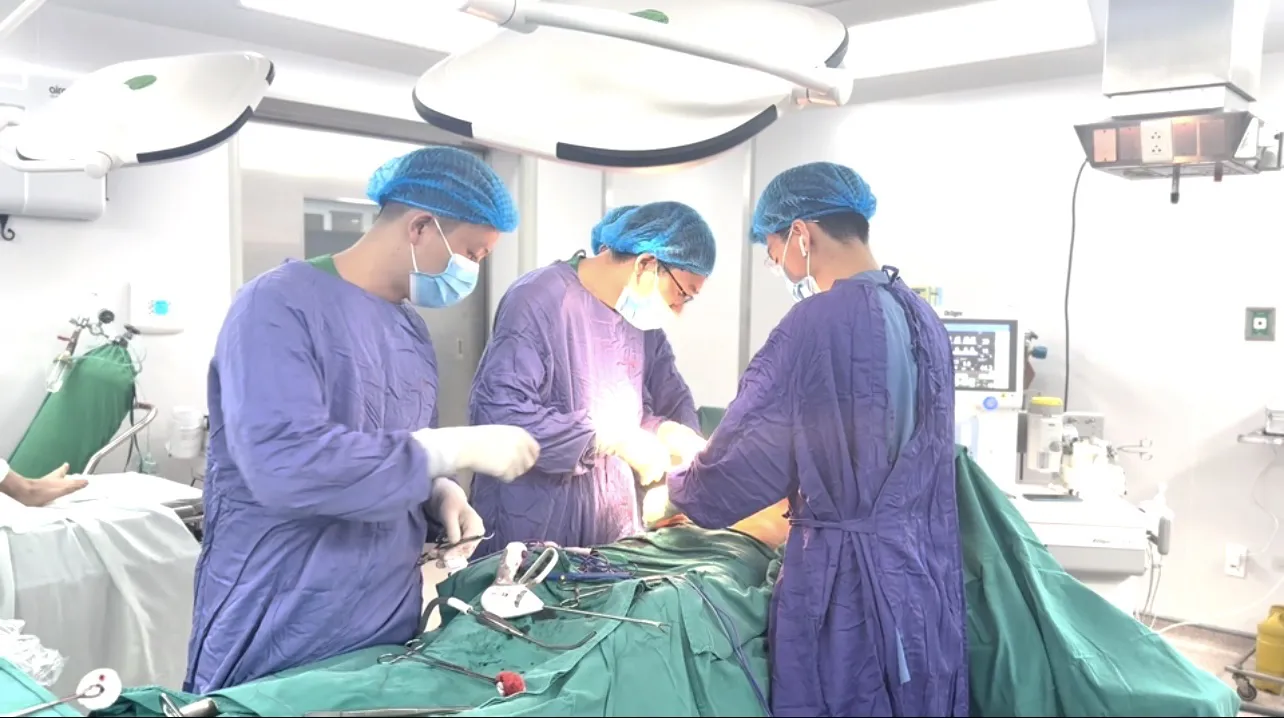
Doctors assessed that the case was high risk due to the patient's old age, underlying respiratory disease, and the large tumor infiltrating the abdominal wall muscles. Not only that, the risk of massive blood loss and hemodynamic disorders during surgery was predicted. After a multidisciplinary consultation, doctors indicated radical tumor removal surgery for the patient.
Immediately after that, the surgical team opened the abdomen along the midline above and below the navel, extending to the right, the incision was about 30cm long. During the surgery, the patient had a pale yellow mass, infiltrating the right psoas muscle, not invading the organs, but the tumor had unclear boundaries, infiltrating between the organs and the abdominal wall fascia, so the dissection encountered many difficulties.
The surgeon carefully dissected along the anatomical plane, controlling the small blood vessels to avoid damage to the surrounding organs. The entire tumor was removed intact, weighing nearly 4kg, measuring 28 x 15cm. The patient lost an estimated 300ml of blood, and did not require a blood transfusion during surgery.
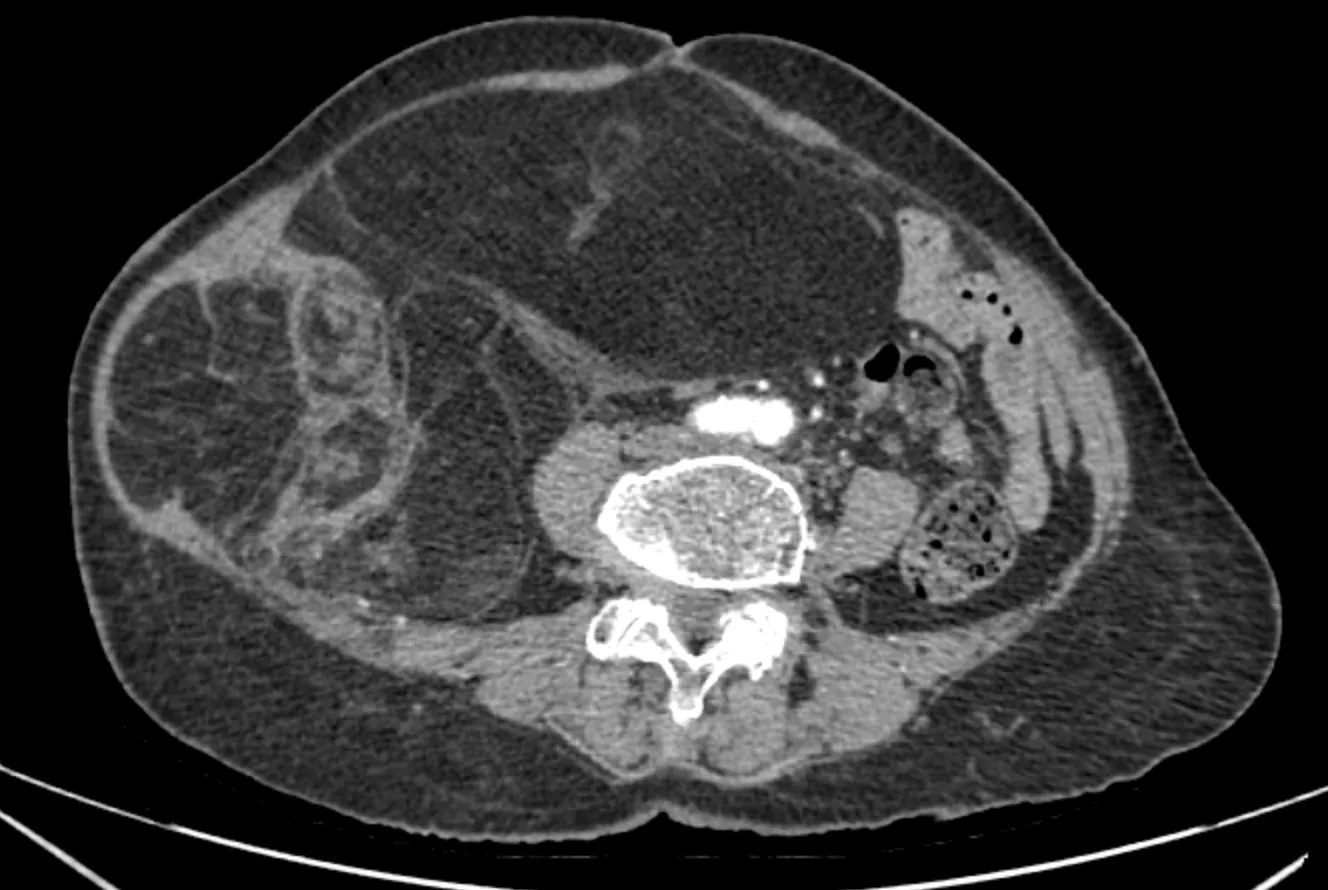
Abdominal CT scan of patient NTT
After surgery, the patient was actively resuscitated, hemodynamics were stable, no bleeding or surgical site infection was recorded. Histopathology results confirmed: anaplastic liposarcoma, negative tumor cell resection margin (R0). The patient recovered well and was discharged after 7 days.
Explaining this fatal disease, doctors said that Retroperitoneal Liposarcoma (RPLS) is a rare soft tissue malignancy, accounting for about 15 - 20% of retroperitoneal sarcomas. The disease progresses silently, usually only detected when the tumor reaches a large size, causing compression of neighboring organs. Radical surgery with a negative resection margin (R0) is the standard treatment method, determining the prognosis of the disease.
However, the local recurrence rate is high (30 - 50%), especially in the first 2 - 3 years after surgery, due to the diffuse nature of tumor tissue in the retroperitoneal cavity. Therefore, people with this disease need to be monitored periodically by ultrasound or CT scan every 6 - 12 months. The role of adjuvant radiotherapy or chemotherapy is limited.
Through this case, Head of the General Surgery Department, Deputy Director of Hanoi Oncology Hospital, Dr. Le Van Thanh recommends that people, especially the elderly, should have regular health check-ups to detect early abnormalities in the abdomen. When people see signs such as an unusually large abdomen, dull pain in the lumbar region, or a feeling of a hard, mobile mass in the abdomen, they should immediately go to a specialized medical facility for examination, diagnosis, and timely treatment.
Source: https://kinhtedothi.vn/phau-thuat-thanh-cong-khoi-u-ac-tinh-nang-gan-4kg-cho-benh-nhan.896070.html







![[Photo] Opening of the 14th Conference of the 13th Party Central Committee](https://vphoto.vietnam.vn/thumb/1200x675/vietnam/resource/IMAGE/2025/11/05/1762310995216_a5-bnd-5742-5255-jpg.webp)














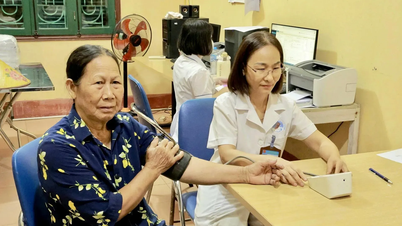





![[Photo] Panorama of the Patriotic Emulation Congress of Nhan Dan Newspaper for the period 2025-2030](https://vphoto.vietnam.vn/thumb/1200x675/vietnam/resource/IMAGE/2025/11/04/1762252775462_ndo_br_dhthiduayeuncbaond-6125-jpg.webp)



































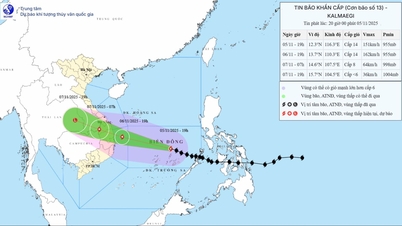

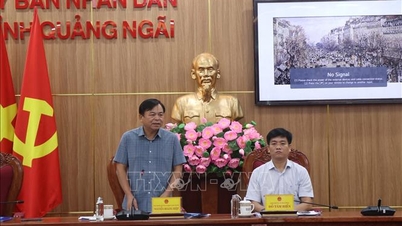



































Comment (0)